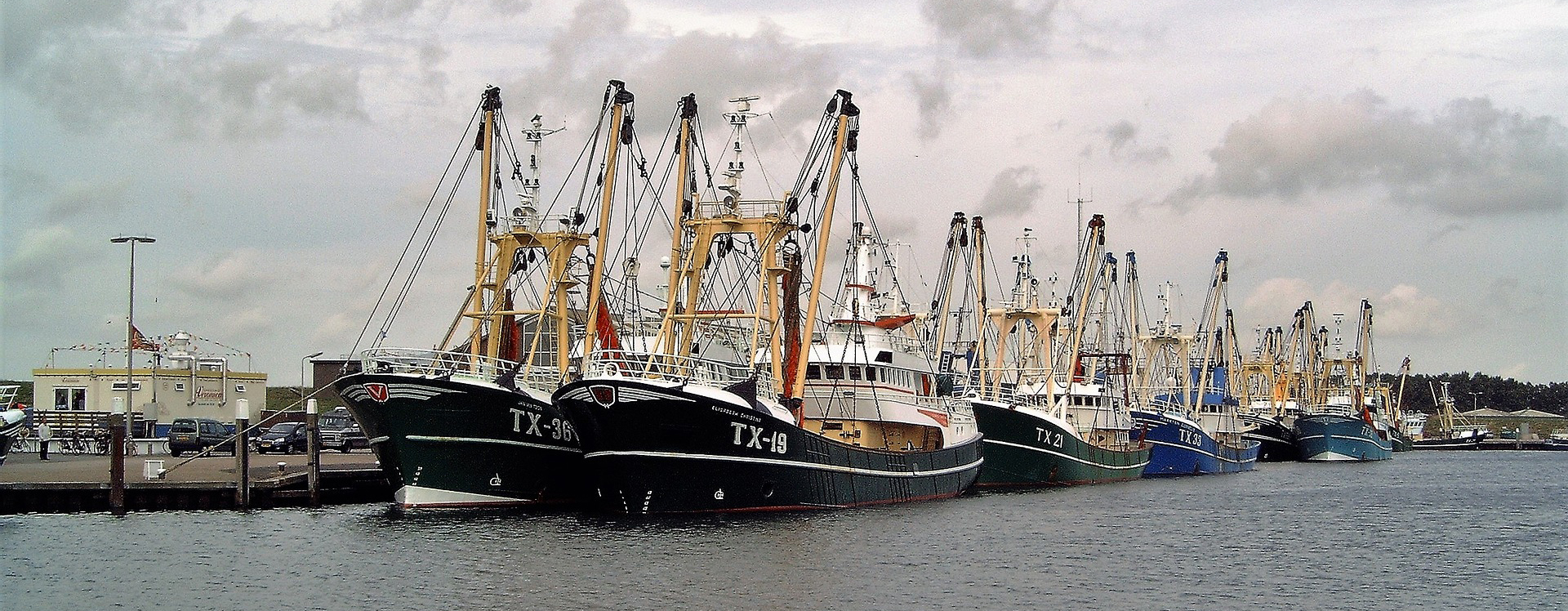Industrial fishing fleets have doubled the distance they travel to fishing grounds since 1950 but catch only a third of what they did 65 years ago per kilometre travelled, a new study has found.
Researchers from from the Sea Around Us initiative at the University of Western Australia and the University of British Columbia mapped the growth and spread of industrial fisheries since 1950 and found that global trends were dominated by the heavily subsidized fleets of a small number of countries, increasing the total area fished from 60 per cent to 90 per cent of the world’s oceans.
“While most countries continue to focus their fishing efforts on local waters, Taiwan, South Korea, Spain and China have aggressively subsidized vessel and fuel costs to encourage their fleets to operate thousands of kilometres from their home ports,” said lead author David Tickler, a postgraduate student at UWA’s School of Biological Sciences.
Despite this geographical expansion, the catch rates of these fleets – as well as those of the other top 20 fishing countries – have declined dramatically from over 25 tonnes per 1000 kilometres travelled in the early 1950s to approximately 7 tonnes per 1000 kilometres travelled by 2014. Overall, these 20 countries are responsible for 60 million tonnes or 80 per cent of the global industrial fishing catch.
“These findings show that nowadays more fuel is being burned and more time is being spent at sea for every fish caught,” Tickler said. “These diminishing returns to fishing effort are a worrying indicator of the inability of fisheries to sustainably meet consumer demands and previous catch levels.”
The researchers also found that these historical expansions were most pronounced along the coasts and archipelagic waters of Southeast Asia, Africa, South America and the South Asian subcontinent.
“Essentially no waters other than those at the polar extremes are presently unfished to some degree,” said co-author Daniel Pauly, principal investigator of the Sea Around Us initiative at UBC’s Institute for the Oceans and Fisheries. “But this continued expansion and concurrent intensification of fishing efforts has only contributed to the depletion of new areas of the ocean.”
According to the researchers, these findings are further proof that subsidies paid to industrial fishing fleets encourage inefficient and unsustainable uses of fisheries resources. “The data seem to indicate that we have reached the physical limits of expansion in capture fisheries. Industrial catches peaked in 1996, when the discovery of new stocks was no longer able to keep up with the declines in existing stocks,” said co-author Dirk Zeller, who heads the Sea Around Us – Indian Ocean at UWA.
For Jessica Meeuwig, who leads UWA’s Marine Futures Lab and co-authored the study, the solution to these problems is obvious, “We have to accept that for fisheries to continue to support humanity into the future, we are going to have to allow the oceans some space and time to recover from over a century of unfettered industrial fishing.”
The paper “Far from home: distance patterns of global fishing fleets” was published today in Science Advances.

Tags: Daniel Pauly, Dirk Zeller, faculty, fish, fisheries management, industrial fishing, Research, Sea Around Us